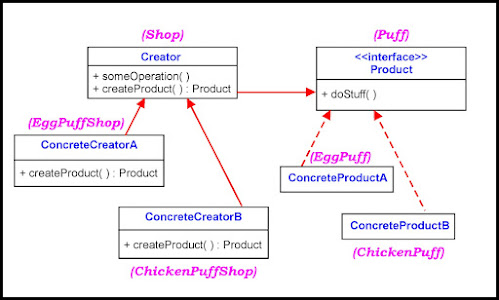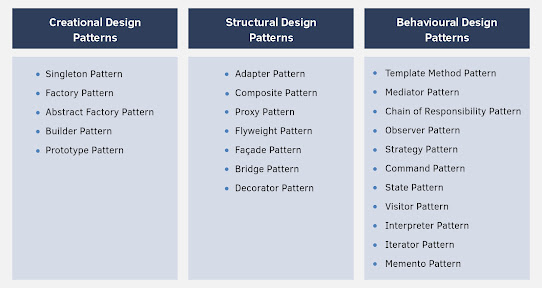Java Builder Design Pattern - (Creational Pattern)

Mastering the Builder Design Pattern: Simplifying Complex Object Construction In the world of software design patterns, the Builder pattern stands out as a powerful technique for constructing complex objects. It separates the construction process from the representation, allowing for more manageable and flexible code. In this blog post, we'll delve into the Builder pattern, explore its benefits, and demonstrate how it can simplify the creation of complex objects. We'll also look at the role of the Director and how the Builder interface promotes consistency and flexibility. The Problem: Complexity in Object Construction Consider a scenario where you need to create instances of a Car class. This class has multiple attributes such as id , brand , model , color , and more . Constructing an object with numerous attributes can quickly become cumbersome and error-prone, especially when many parameters are optional or have default values. Without the Builder pattern, the code might lo...



